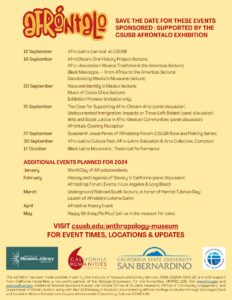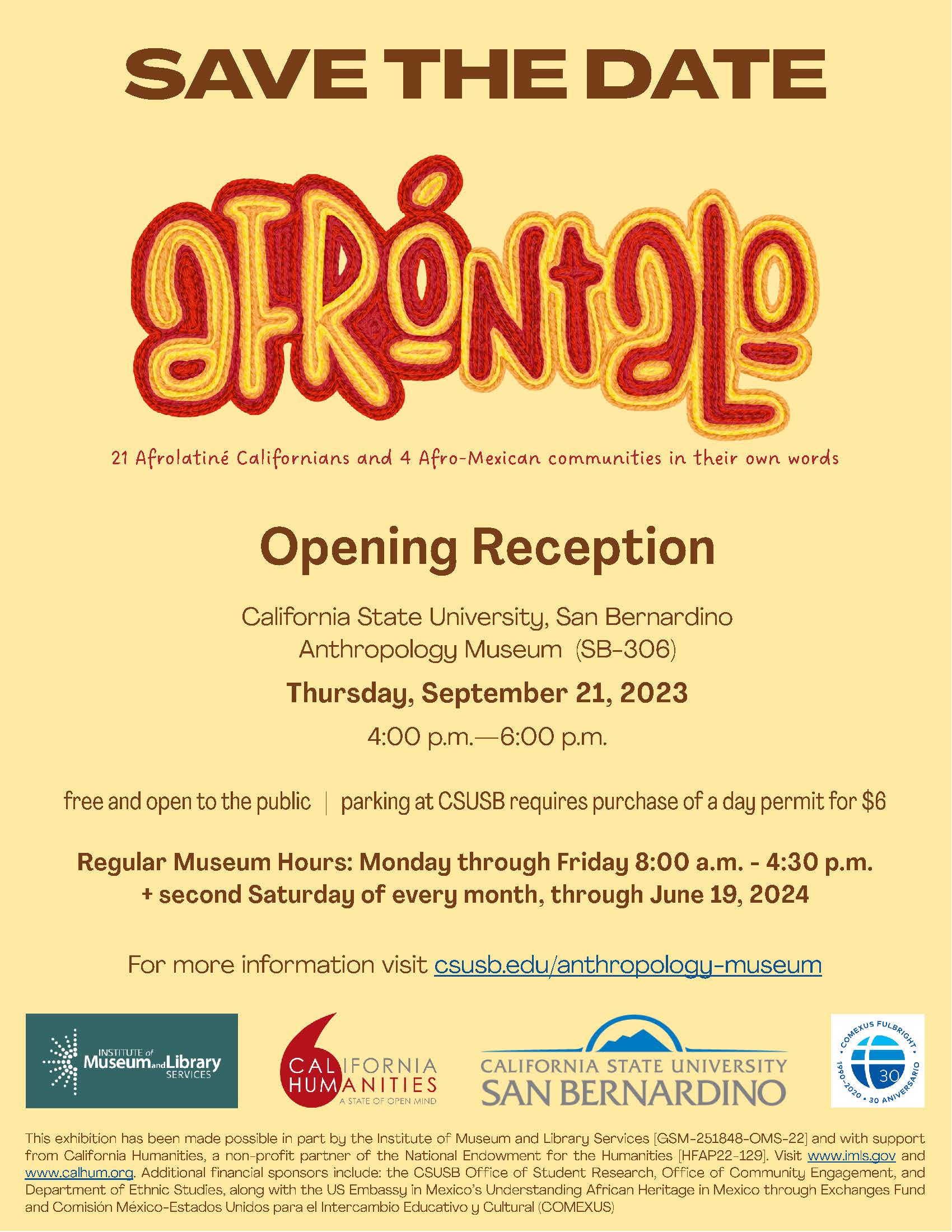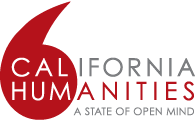21 Afrolatiné Californians and 4 Afro-Mexican communities in their own words
SAN BERNARDINO—One in four Latin Americans has African ancestry. And yet, there is a general deficit of knowledge regarding the presence and prevalence of blackness throughout the Americas. This is more than a simple matter of obscurity. It is a problem of erasure, invisibility and dislocation. Afróntalo introduces you to four communities in Mexico and twenty-one Californians, all in their own words, to explore the depth and breadth of Afrolatiné histories, cultures and identities.
Why is the exhibit called Afróntalo?
“Afróntalo” in Spanish means “Face It.” This reflects the intention of our exhibition to recognize the erasure of Afro-descendants and the prevalence of anti-blackness in the Americas. Additional meaning can be found in breaking the title into two separate phrases, “Afro” and “Ntalo.” The first phrase, “Afro,” reflects the Afro-descendant focus of the exhibition. The second phrase “Ntalo,” has at least three meanings in African languages. In Xitsonga, spoken in parts of Zimbabwe and Eswatini, ntalo means “abundance.” In Lingala, a language spoken in the Democratic Republic of Congo, ntalo means “value.” Finally in Ganda, the primary language spoken in Uganda, ntalo means “war.” Collectively, these three words reflect the impetus of Afróntalo to make clear the widespread and deep roots of Afro-descendants in the Americas, the incredible importance of Afro-descendant contributions and populations historically and today, and the need for action to bring attention to these matters and the contemporary needs of Afro-descendant communities.
Where: California State University, San Bernardino | Anthropology Museum (SB-306)5500 University Parkway, San Bernardino, CA 92407
Exhibit Runs September 21, 2023 – June 19, 2024
Free and open to the public
Additional events and public programs part of the Afrolatine California project:

Learn more at on the project’s website.
This project is supported by a Humanities for All Project Grant.




